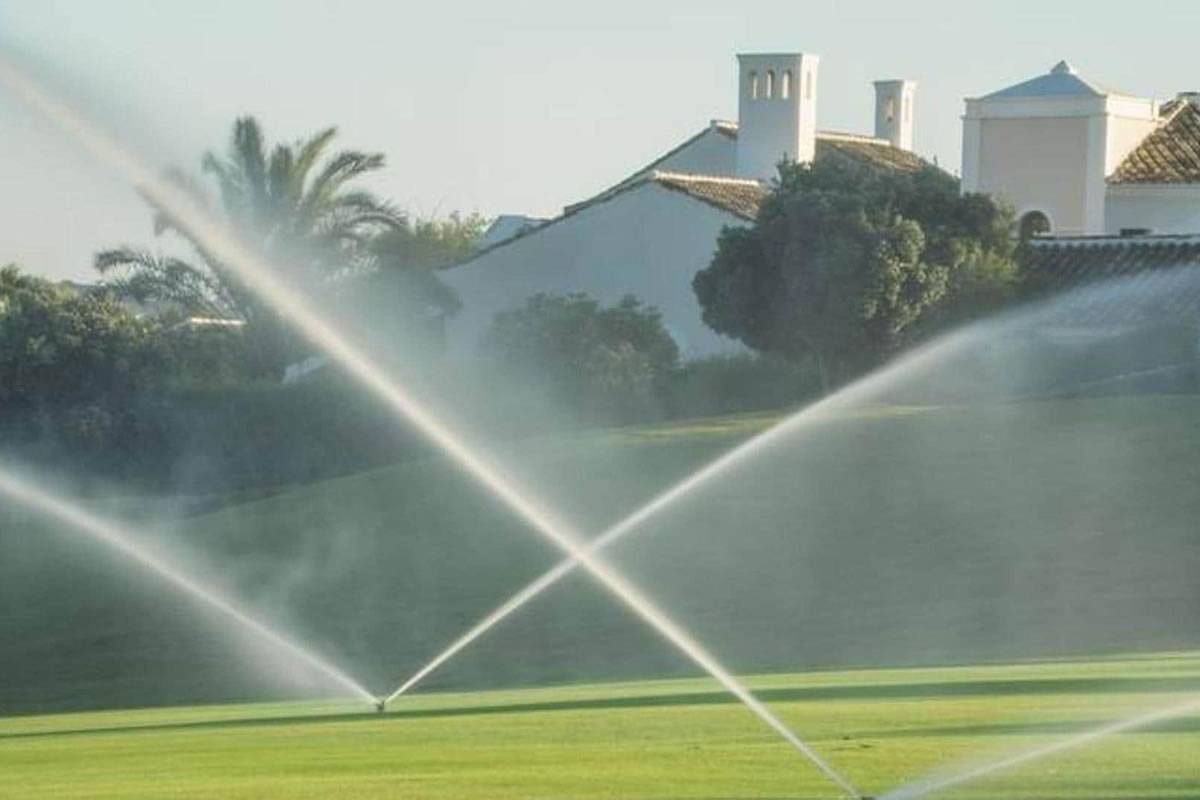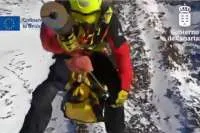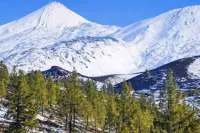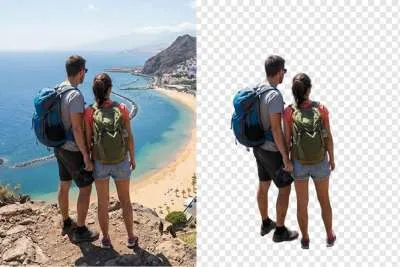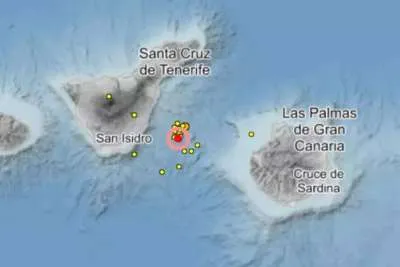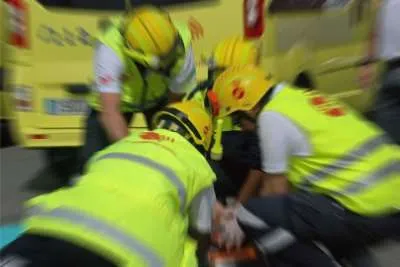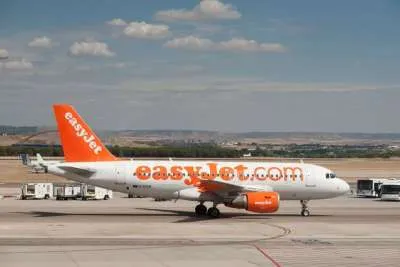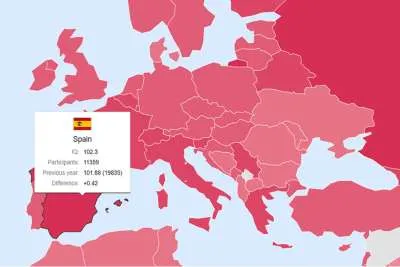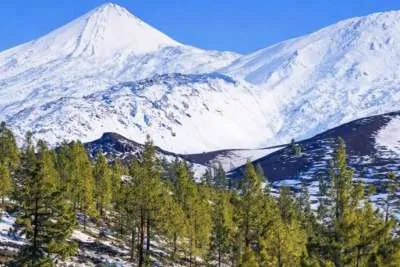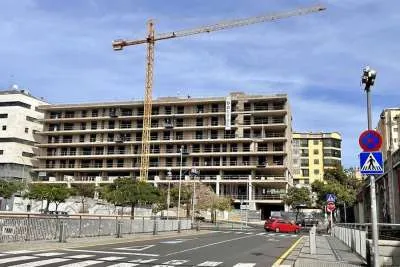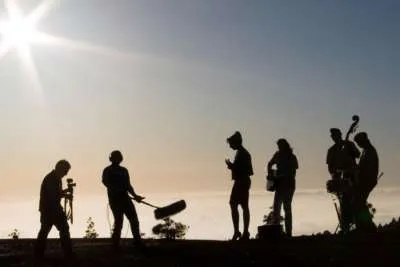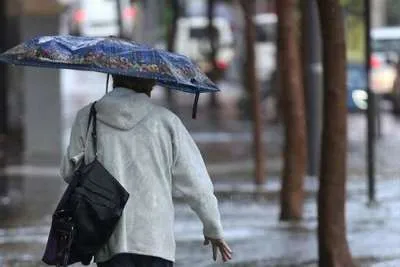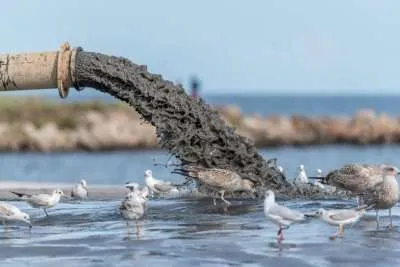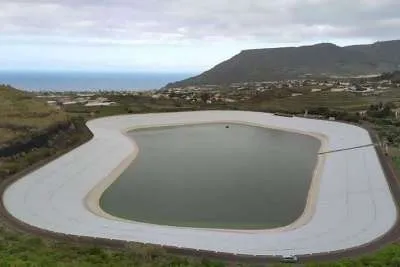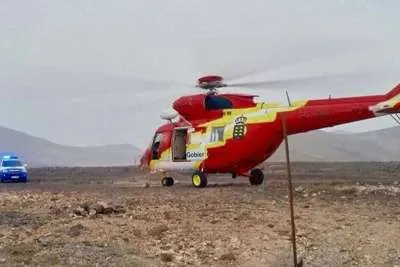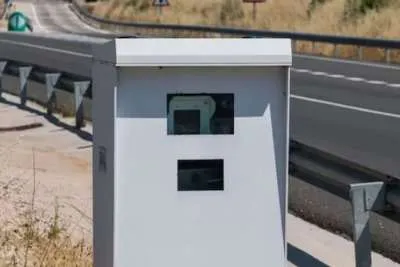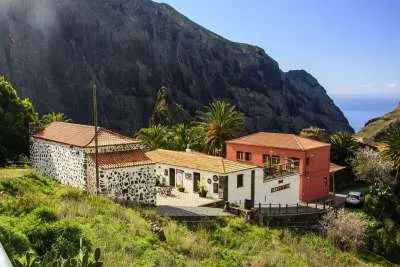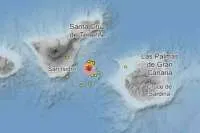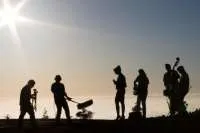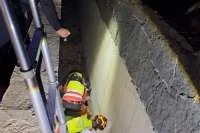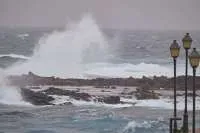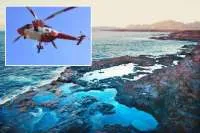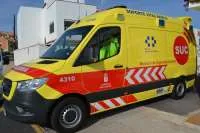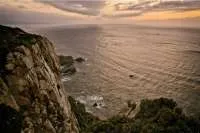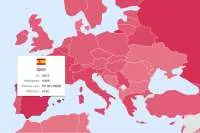New golf course in Adeje will use the same amount of water as 16,400 people
- 26-07-2024
- Tenerife
- Canarian Weekly
- Photo Credit: Sample Photo
The Adeje Council is moving forward with plans to bolster its tourism offerings by signing off on another large-scale project, despite ongoing controversy with Cuna del Alma in El Puertito. The Council is set to forward documentation for the Hoya Grande Partial Plan to the regional government, which includes the development of a 445,000 square metre golf course, 1,680 hotel beds, and 140 villas on a plot exceeding one million square metres.
The initiative, located in Hoya Grande by Los Menores in the south of Tenerife, is driven by increasing tourist demand and aims to offer high-end accommodation. After a minor modification process that began in 2016, the plan is now advanced, with the strategic environmental evaluation pending review by the regional Ministry of the Environment.
Water Usage Concerns
The Hoya Grande project includes 1,680 hotel beds for holidaymakers, 140 residential villas, commercial facilities, cultural and recreational amenities, and the golf course, which will occupy the largest area. The course will consume 5 litres of water per square metre a day, meaning total usage of 2.1 million litres daily.
To put this into perspective, the average person uses 128 litres of water per day according to the National Institute of Statistics (INE). Therefore, the golf course's daily water usage will be equivalent to that of 16,406 people, more than a third of Adeje's population of 50,167 residents.
Water Emergency in Tenerife
This luxury tourism project is advancing as Tenerife faces a water emergency declared in March. The island is experiencing extreme drought conditions, with negative values on the Standardised Precipitation-Evaporation Index (SPEI).
The island’s water reservoirs have halved in capacity over the past four years, with near-empty reservoirs at the start of the 2022 and 2023 summer seasons, just when demand peaks, especially in agriculture. Some municipalities in Tenerife have already restricted water supply.
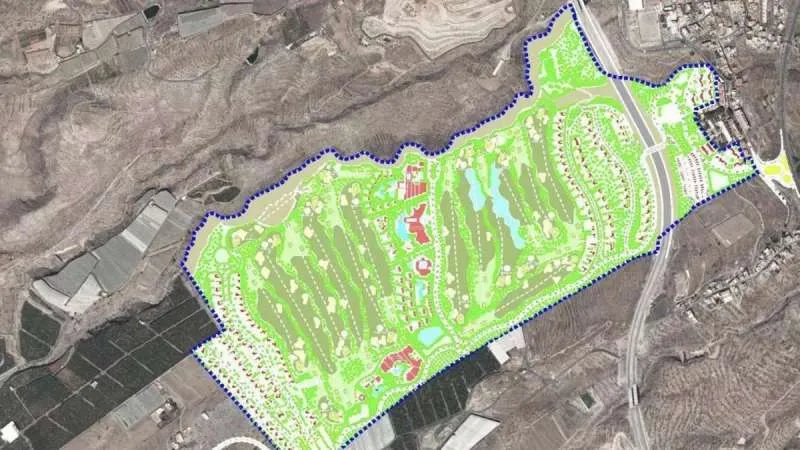
In Adeje, the situation is particularly dire. A municipal report predicts water demand this summer could reach 35 million litres per day, exceeding last year's 31.75 million. The report warns of a daily water deficit of 2.87 million litres, decreased water flow due to lack of rainfall, wells at risk of breakdowns, and an urgent need for intervention to prevent shortages. The necessary works to address the water crisis are estimated to cost 4.3 million euros.
Environmental and Cultural Impacts
The Hoya Grande project, covering over a million square metres, will directly impact 31 sweet tabaiba plants, 40 cardons, 103 Canary Island palm trees, 70 magarzas, and 20 marine rosemary plants. The site also includes a habitat of interest with thermos-mediterranean and stepped scrub in the northeast.
The strategic environmental evaluation inventory lists the presence of the protected viborina triste plant, which previously halted the Cuna del Alma project. The Council plans to relocate this species to avoid direct impact, ensuring protective measures like perimeter fencing and specialist supervision. The only vulnerable animal species identified is the Eurasian stone-curlew.
The project will also severely impact archaeological heritage, with 29 ethnographic and archaeological elements found in Hoya Grande, including cave engravings, natural caves, and ceramic remnants. The Council intends to take measures to avoid damage but acknowledges that significant sites like the Hoya Grande VIII cabin complex and the Hoya Grande IX rock engravings are within the future golf course area, necessitating excavation with authorisation from the Canary Islands' Directorate General of Heritage.


